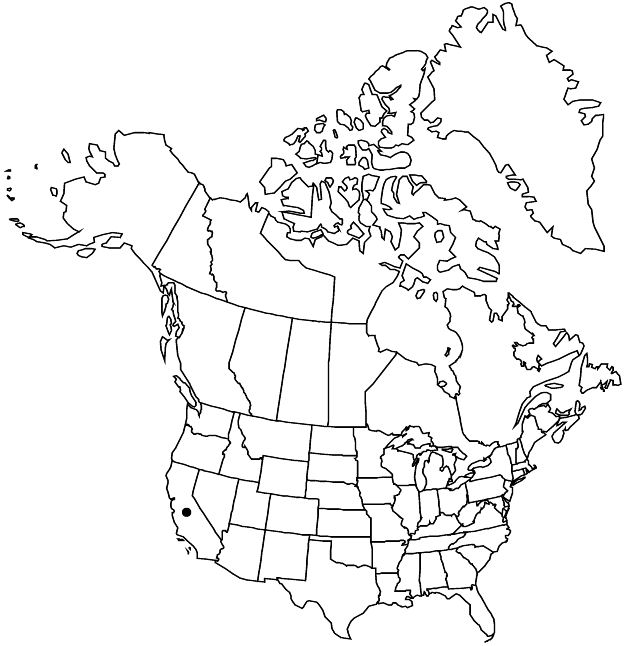Rhamnus pirifolia
Pittonia 3: 15. 1896.
Shrubs to small trees, 2.5–6(–10) m, unarmed. Branchlets purple to gray, glabrous or puberulent. Leaves persistent, alternate; petiole 5–10 mm; blade dull reddish to yellowish brown abaxially, usually shiny green adaxially, broadly elliptic to oblong or ovate-oblong, (1.5–)2–5(–6) cm, distinctly coriaceous, base cuneate to nearly truncate, margins blunt-serrate or entire, apex acute to rounded, apiculate, both surfaces glabrous; secondary veins 5–9 pairs, all diverging at nearly same angle. Inflorescences fascicles or flowers solitary. Pedicels 3–6 mm. Sepals 4. Petals 0. Drupes red, globose, 6–8 mm; stones 2.
Phenology: Flowering (Jan–)Feb–Jun.
Habitat: Steep slopes, canyon walls and bottoms, dunes, grasslands, coastal sage scrub, chaparral, pine woodlands.
Elevation: 10–500 m.
Distribution

Calif., Mexico (Baja California).
Discussion
Rhamnus pirifolia is known in California on the Channel Islands and in Baja California on Guadalupe Island; it has not been implicated in hybridization with other members of the R. crocea complex.
Selected References
None.